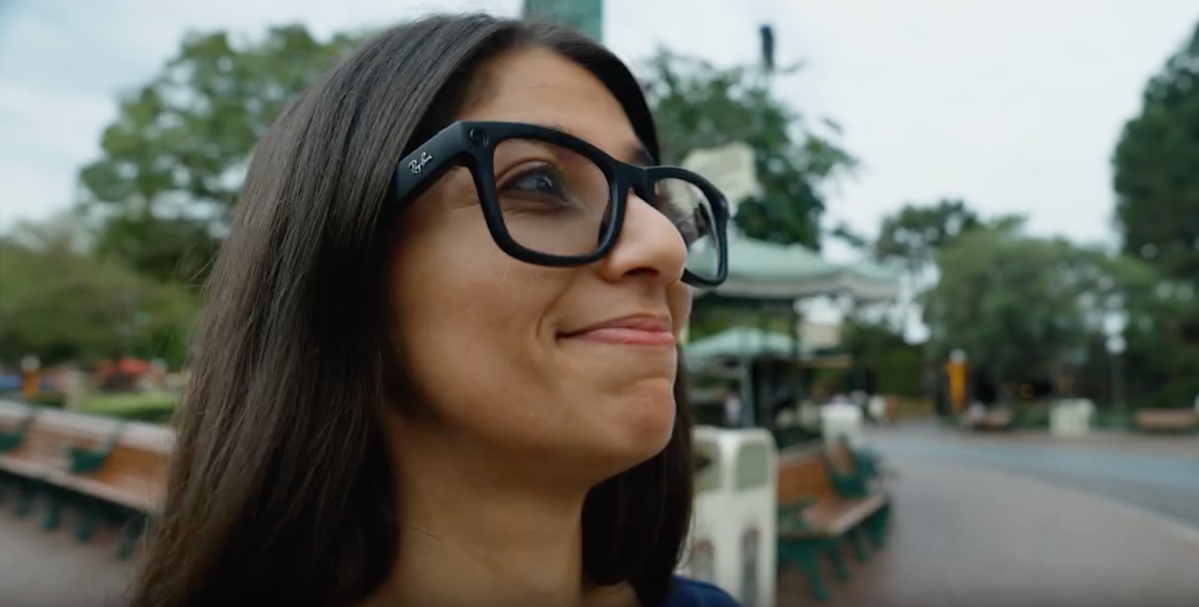Meta Opens Smart Glasses to Third‑Party Developers

Key Points
- Meta will allow external developers to create apps for its Ray‑Ban and Oakley smart glasses.
- A new Wearables Device Access Toolkit will be offered as a limited preview before a 2026 wide release.
- Early partners include Twitch (livestreaming), Disney (park guide), and 18Birdies (golf assistance).
- The initial apps target non‑display glasses, potentially adding functionality to first‑gen devices.
- Future support for display‑enabled frames remains uncertain.
- The move expands the previously limited third‑party ecosystem beyond services like Spotify and Audible.
Meta announced that it will let external developers create applications for its Ray‑Ban and Oakley smart glasses. The move expands the limited third‑party ecosystem that previously only included a few services such as Spotify and Audible. Using a new Wearables Device Access Toolkit, developers can tap the glasses' sensors, audio, and multimodal AI features. Early collaborators include Twitch, Disney, and 18Birdies, each building experiences ranging from livestreaming to park guides and golf assistance. The preview will roll out ahead of a broader release planned for 2026.
Opening the Platform to Developers
Meta disclosed that it will begin allowing outside developers to build applications for its Ray‑Ban and Oakley smart glasses. Until now, the devices have supported only a limited set of third‑party integrations, such as music streaming and audiobook services. The new approach will let developers create custom experiences that exploit the glasses' built‑in sensors, audio capabilities, and multimodal AI functions.
Wearables Device Access Toolkit
The company introduced a set of tools called the Wearables Device Access Toolkit. This toolkit will initially be available as a limited developer preview, with broader availability slated for 2026. It is designed to give developers the ability to access hardware features and integrate Meta’s AI assistant into their apps.
Early Partner Projects
Meta is already working with several early partners. Twitch is developing livestreaming capabilities that will let users broadcast directly from the glasses. Disney is experimenting with an app that provides visitors with real‑time information about attractions inside its parks, allowing users to ask the AI assistant questions while walking around. Golf app 18Birdies is creating an integration that offers club recommendations and yardage statistics based on the glasses’ sensors.
Implications for Existing Devices
The announced apps appear to target Meta’s non‑display glasses, meaning that owners of first‑generation Ray‑Ban Meta glasses could gain new functionality without needing a display‑enabled frame. It remains unclear whether developers will also be able to build experiences that leverage the display on Meta’s newer Ray‑Ban Display frames, which could further expand possible use cases.
Looking Ahead
By opening its smart‑glasses platform to third‑party developers, Meta aims to broaden the ecosystem and unlock new, innovative uses for its wearable technology. The upcoming preview and the involvement of partners like Twitch, Disney, and 18Birdies suggest a diverse range of applications, from entertainment and tourism to sports. The broader rollout expected in 2026 could position Meta’s smart glasses as a more versatile and widely adopted device.